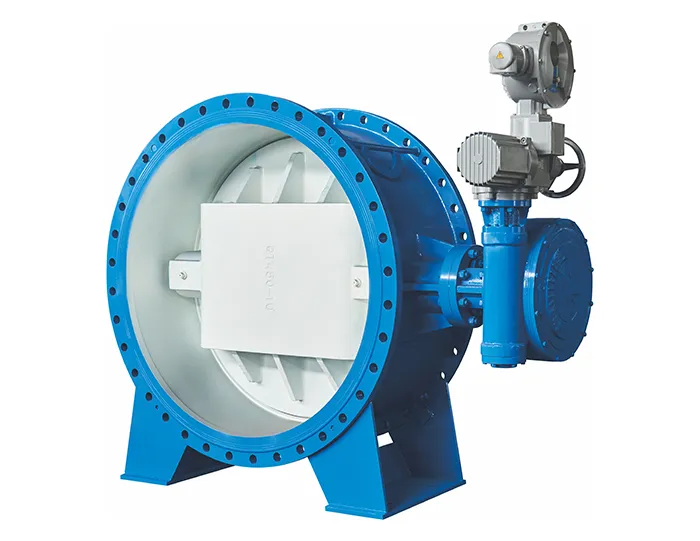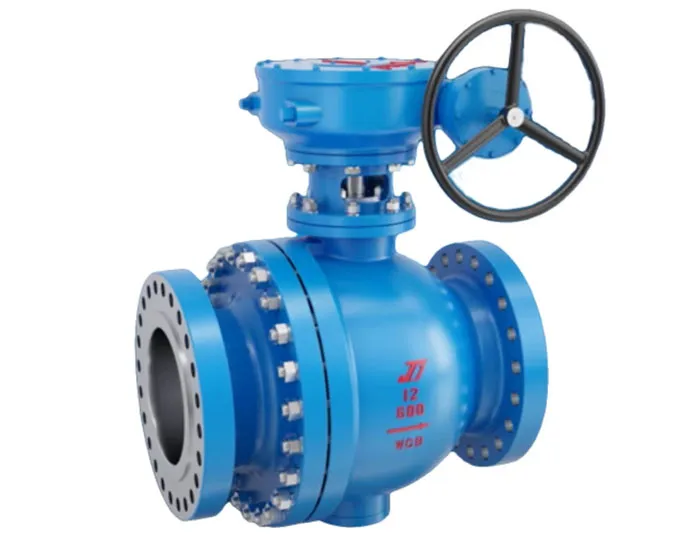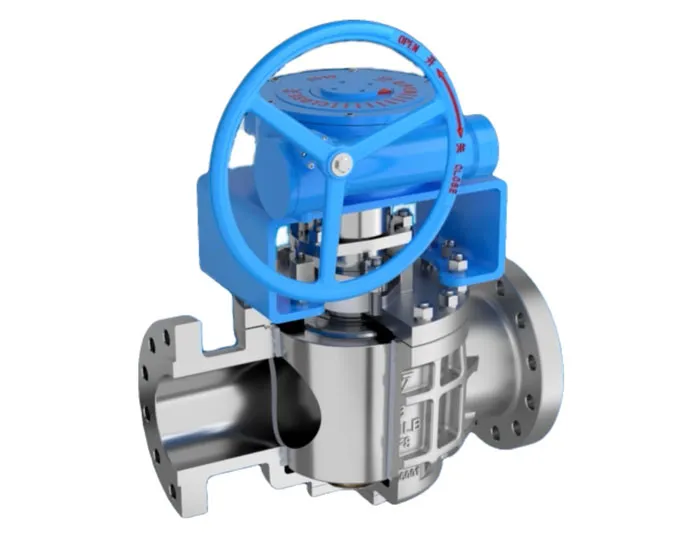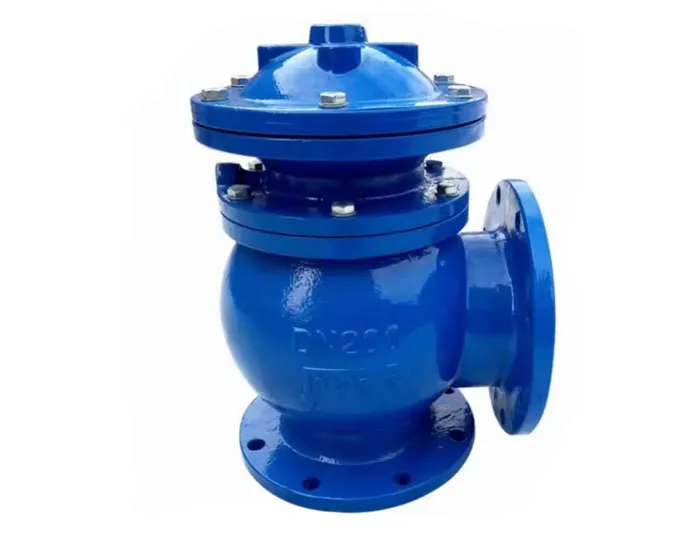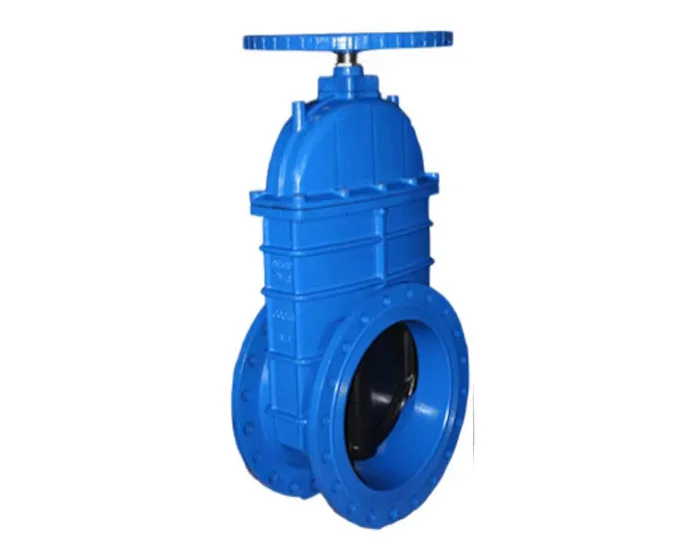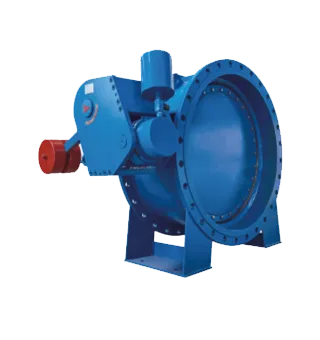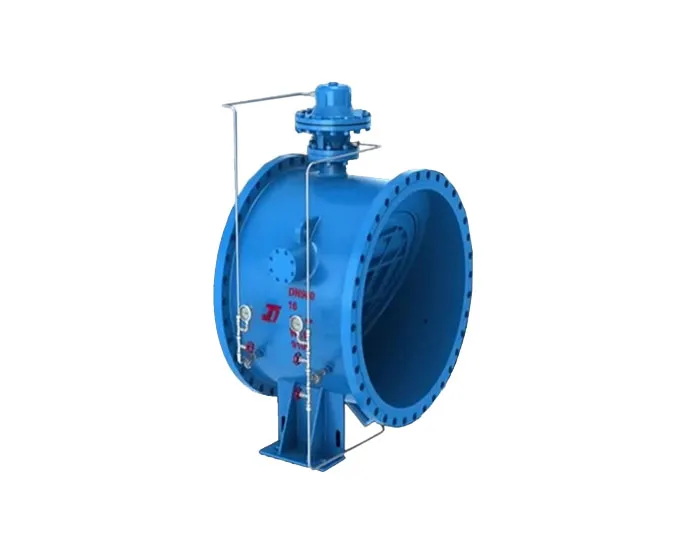Lvd Valve supply butterfly valve selection guide and steps.

1. Butterfly valve Determine the application conditions
Medium characteristics:
Fluid type (gas, liquid, containing particles / corrosive media, etc.).
Medium temperature, viscosity, corrosivity (such as acid, alkali, oil, steam, etc.).
Operating pressure and temperature range:
Determine the maximum working pressure (PN/Class) and temperature (high, normal or low temperature).
High-temperature media need to choose metal-sealed butterfly valve, low temperature need to pay attention to the low-temperature brittleness of the material.
Flow control requirements:
Whether the flow needs to be regulated, or only for opening and closing (switch type).
2. Butterfly valve select structure type

Categorized by valve plate structure:
Centerline butterfly valve: valve plate and valve stem concentric, simple structure, suitable for low pressure, room temperature, no harsh sealing requirements (such as water supply system).
Double eccentric butterfly valve (single eccentric): sealing performance is better than the center line type, suitable for medium pressure, medium temperature conditions.
Three eccentric butterfly valve: sealing surface is metal-to-metal, high temperature and high pressure resistance, suitable for harsh conditions (such as steam, oil and gas pipelines).
Classified according to the connection method:
Clamping type: compact structure, suitable for pipelines with restricted space.
Flange type: easy to install and dismantle, good sealing, suitable for high-pressure large-diameter pipelines.
Welding type: for high pressure or special medium (such as chemical pipeline).
3. Butterfly valve material selection
Valve body material:
Cast iron (low-pressure room temperature, such as gray cast iron, ductile iron).
Carbon steel (medium and high pressure, such as WCB).
Stainless steel (corrosive media, such as 304/316).
Special alloy (high temperature, strong corrosive conditions).
Seal material:
Rubber (EPDM, NBR, etc.): for water, air and other non-corrosive media.
Polytetrafluoroethylene (PTFE): corrosion-resistant, high temperature resistant, suitable for chemical media.
Metal seal (stainless steel, alloy): high temperature and high pressure resistance, for three eccentric butterfly valve.
4. Butterfly valve nominal diameter (DN) and pressure level
Nominal diameter: Match with the inner diameter of the pipeline to avoid high flow rate leading to wear or noise.
Pressure rating: Selected according to the maximum working pressure of the system (e.g. PN10, PN16, Class150, etc.).
5. Butterfly valve operation mode
Manual operation: suitable for small caliber (DN≤300) or occasions where frequent operation is not required.
Electric actuator: for automation control or remote operation (need to match the torque).
Pneumatic actuator: suitable for explosion-proof environment or fast opening and closing requirements (such as compressed air system).
Hydraulic actuator: for high torque, large diameter valves (e.g. hydroelectric power station).
6. Butterfly valve sealing class requirements
Leakage class (e.g. ISO 5208 standard):
Centerline butterfly valves are usually Class VI (trace leakage allowed).
Triple eccentric butterfly valve can reach Class V or zero leakage (metal hard seal).
Special sealing requirements: e.g. food grade, vacuum sealing, fireproof design, etc.
7. Butterfly valve installation and Maintenance
Installation space: Butterfly valves of butt-mounted type need to reserve flange spacing, and flanged type needs to consider the space for bolt operation.
Maintenance convenience: centerline butterfly valve structure is simple and easy to maintain, three eccentric butterfly valve has a long life but complicated maintenance.
Flow direction requirement: some butterfly valves have flow direction restriction (e.g. double eccentric, triple eccentric type).
8. Butterfly valve Standards and Certification
Standard specification:
National standard (GB), American standard (API 609, ANSI), European standard (EN), Japanese standard (JIS).
Industry Certification:
Fire Protection (FM/UL), Drinking Water (NSF), Explosion-proof (ATEX), Petrochemical (API), etc.
9. Butterfly valve economic evaluation
Under the premise of meeting the performance, comprehensively compare the initial purchase cost, maintenance cost and life cycle cost.
For example, triple eccentric butterfly valves have high initial cost but long life and are suitable for long term operation under severe conditions.
10. Butterfly valve typical Selection Example
Water treatment system (normal temperature and pressure): centerline butterfly valve (EPDM seal) + cast iron body.
Chemical pipeline (corrosive media): flanged three eccentric butterfly valve (316 stainless steel body + PTFE seal).
Steam system (high temperature and high pressure): three eccentric metal seal butterfly valve + electric actuator.
11. Butterfly valve precautions
Avoid butterfly valve for high viscosity media (such as asphalt) or media containing a large number of solid particles (easy to jam).
Large diameter butterfly valves need to check the stem strength and actuator torque.
Under throttling conditions, the risk of cavitation and vibration needs to be considered.

Through the systematic analysis of the above steps, it can be ensured that the butterfly valve selection meets the actual needs, taking into account the performance, reliability and economy.

